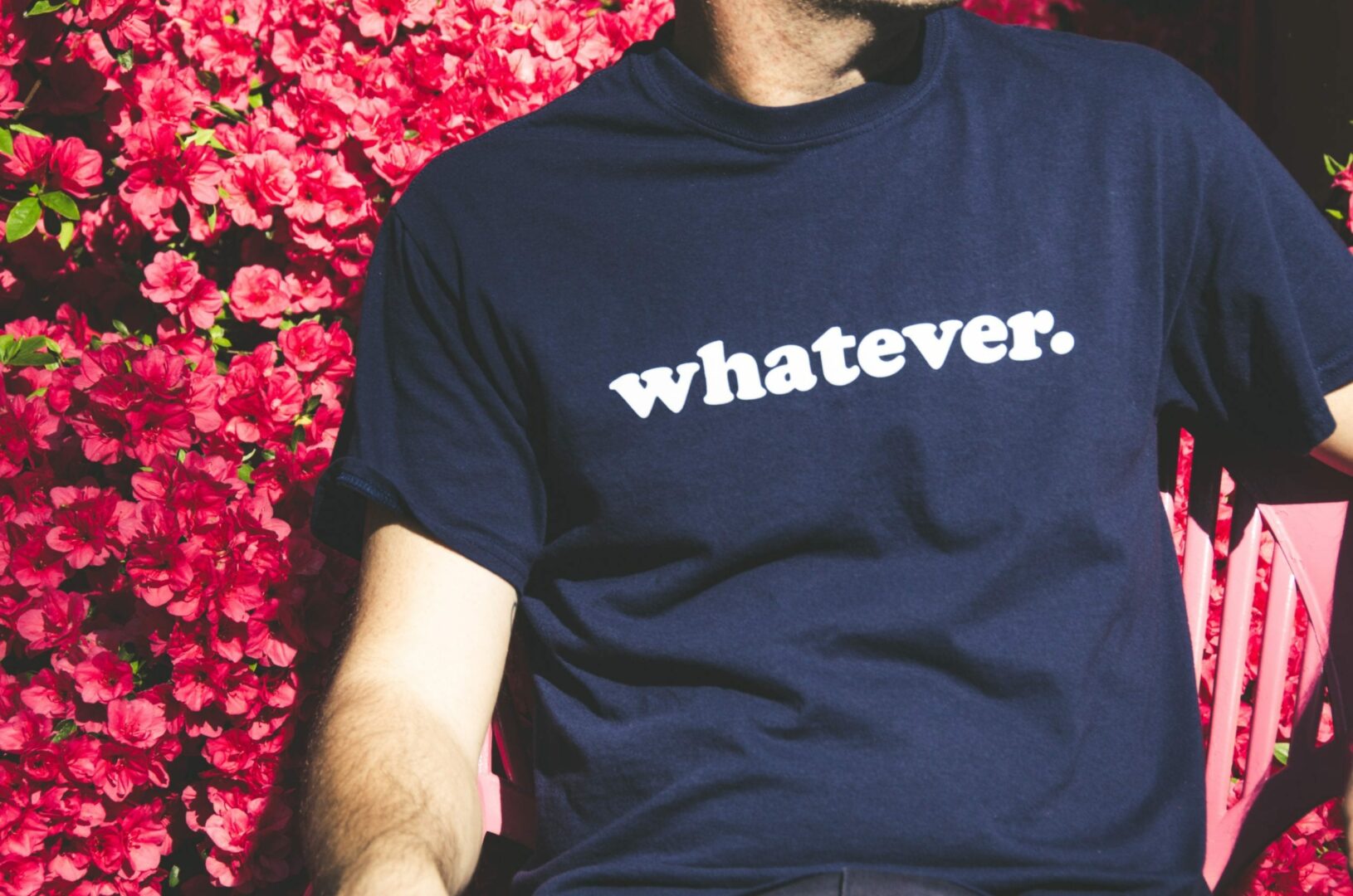Millennials consist of 75.4 million Americans, forming the largest segment of the population, and they’re undoubtedly an appealing target for CPG brands. Yet for some reason, brands struggle to attract this audience. Their unique buying habits and decision-making criteria have proven to be a challenge for brands.
Do millennials rely solely on e-commerce for CPG purchases? The answer, surprisingly, is no. But engaging them requires more effort than ever before.
3 Keys to Building a Millennial-Friendly Brand
A recent Barkley snacking trends report showed millennials prefer brands making a positive contribution in the following areas:
- Self: How does the product make the consumer healthier, happier, or better in some way? (This can be better ingredients, or, more importantly, the lack of undesirable ingredients.)
- Society: How does the company contribute to society or the broader community? Does the brand stand for the same values as the consumer? (More than 8 out of 10 (81 percent) millennials expect companies to make commitment to good corporate citizenship)
- Planet: Is the company making positive changes in the world at large? For example, does the company use eco-friendly packaging with its products?
Meeting each of these areas requires buy-in throughout the company. Lip service won’t cut it; due to online word-of-mouth, any dishonesty or lack of commitment to any one of these areas will quickly earn CPG brands a poor reputation among millennial consumers.
On the other hand, genuine commitment to these areas will earn a good reputation online. A Nielsen study showed millennials trust brands like Naked Juices, Kind Bars, and Tide Pods Laundry Detergent. Each of these products has one or more of the three areas of importance. Tide, for example, includes tips on its website to help customers be environmentally friendly. Kind Bars and Naked Juice offer natural, organic ingredients.
A New Type of Loyalty
Though winning the trust of millennials takes a considerable amount of investment, millennials reward these brands with increased loyalty.
This may seem counter-intuitive. Since millennials are so connected digitally, one might assume they will choose whichever brand offers the lowest price.
Data tells a different story. Accenture research found 67 percent of millennials will actually spend more with brands they love when compared to previous generations.
There’s a catch: an Excentus survey also showed 80 percent millennials were willing to change brand allegiance if they could earn gas rewards. A different survey confirmed the finding, showing millennials prefer loyalty rewards more than company reputation or philosophy when making buying decisions.
Takeaways for CPG Brands
How can CPG brands apply this data to their customer engagement strategies?
- Develop a value-driven brand story. How can the CPG brand benefit individual consumers, society, and the planet? How can this be shown to consumers?
- Understand how to reward customers through community engagement platforms, CPG brands can directly interact with ideal audiences. This gives them the ability to test multiple loyalty reward offers, such as points or coupons, and see which option customers prefer.
Invest in delivering personalized experiences that bridge online and offline engagement. Millennials don’t just shop in stores, nor do they focus only on e-commerce. They rely on personalized experiences that bridge online and offline initiatives. Personalization drives loyalty for 52 percent of millennials, making it a key factor in decision making. Consider how millennials will interact in stores with your products. Consumers are immersed in the digital world—even when in physical locations.



